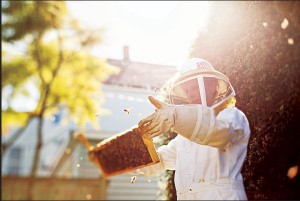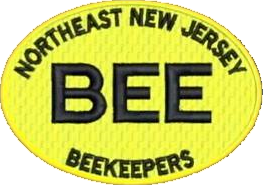
With the opening of beekeeping season, it’s important to follow some guidelines that will help you bee a good neighbor. You don’t want your bees to be seeking out your neighbor’s pool or pond for a water source and you want to avoid swarming if possible. Our bees should be noticed for their pollination, not bee-ing a nuisance.
Here are some tips:
Colony density
The state recommends no more than three colonies per one-quarter acre or less.
Colony Location
When a colony is located less than 10 feet from a property line, the beekeeper must establish a flyway barrier. This should be at least 6 feet tall and extend 10 feet beyond the colony on either side. It can be solid, vegetative or any combination of the two that forces the bees to cross the property line at a height of 6 feet. All colonies must be located at least 25 feet from a public sidewalk, alley, street or roads.
Colony Stewardship
Colony Inspection: All colonies shall be inspected by the beekeeper no less than three times between March 1 and October 1 of each year.
Water: Each beekeeper shall ensure that a convenient source (within 10 to 25 feet distant from the hive or hives) of water is available to the bees at any time during the year when temperatures are 50°F or warmer so that the bees are not encouraged to congregate at other water sources which may result in human or domestic pet contact. Without a water source, the bees will seek the nearest neighbor’s pool or pond.
Queens: Queens should be replaced if a colony exhibits unusual defensive behavior without due provocation.
Cleanup: Each beekeeper should ensure that no bee comb or other materials that might encourage robbing by honey bees or other stinging insects, are left
on the grounds of the apiary site.
Room to grow not swarm: Add supers in a timely manner when things start getting tight and the bees have drawn out the boxes. This will reduce swarming tendencies due to tight quarters. It requires frequent inspections during swarm season.
Happy beekeeping!
